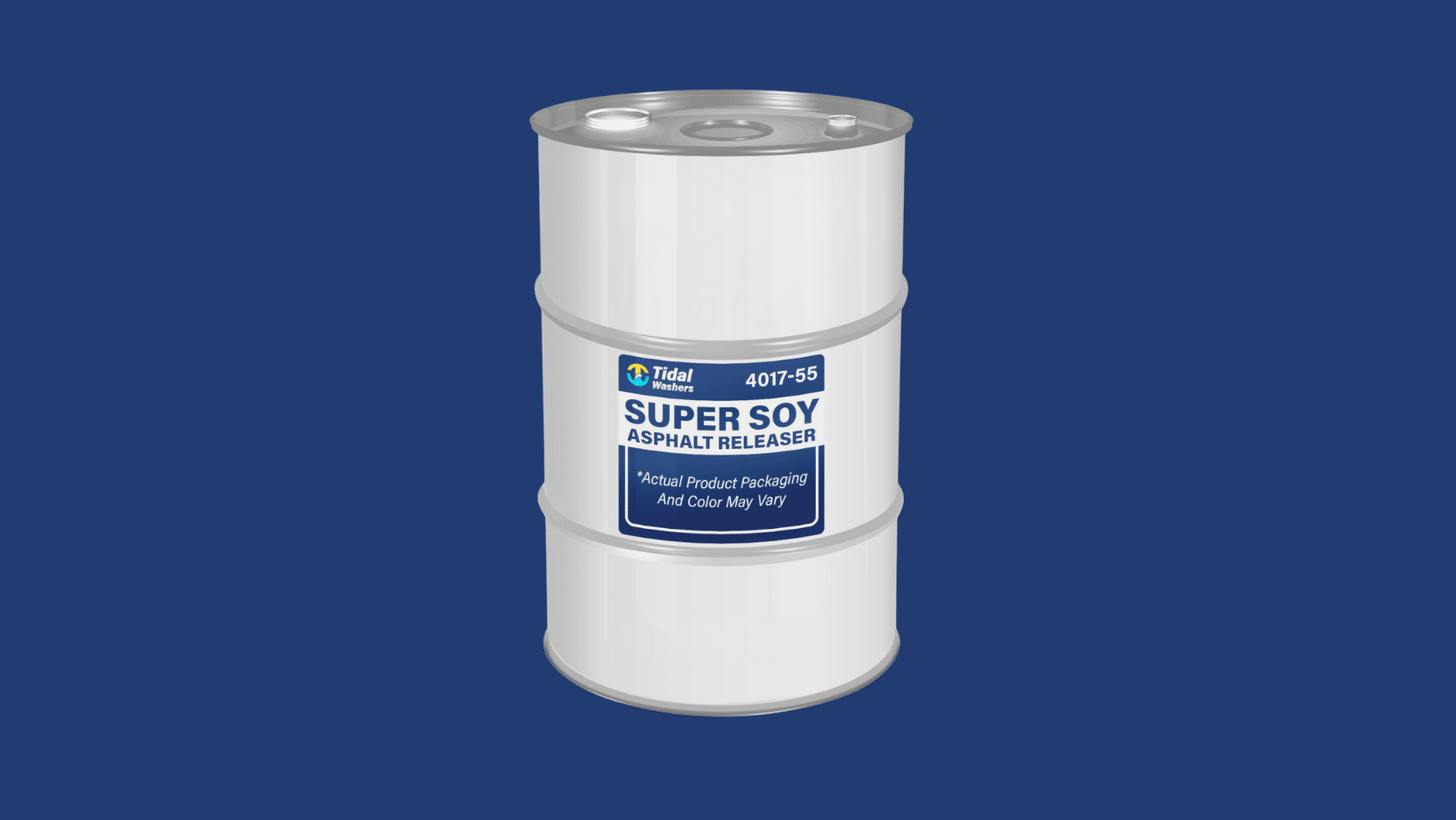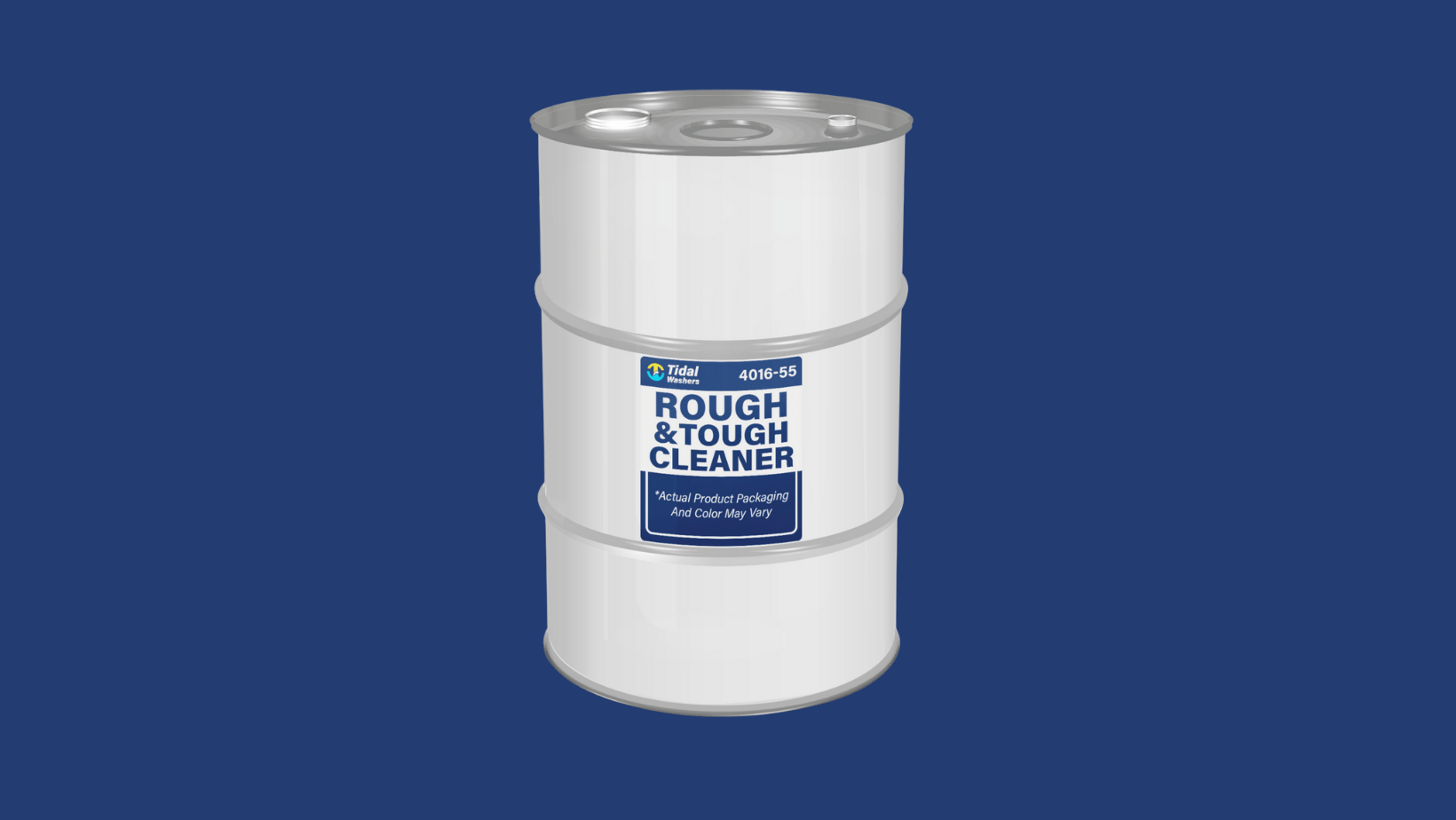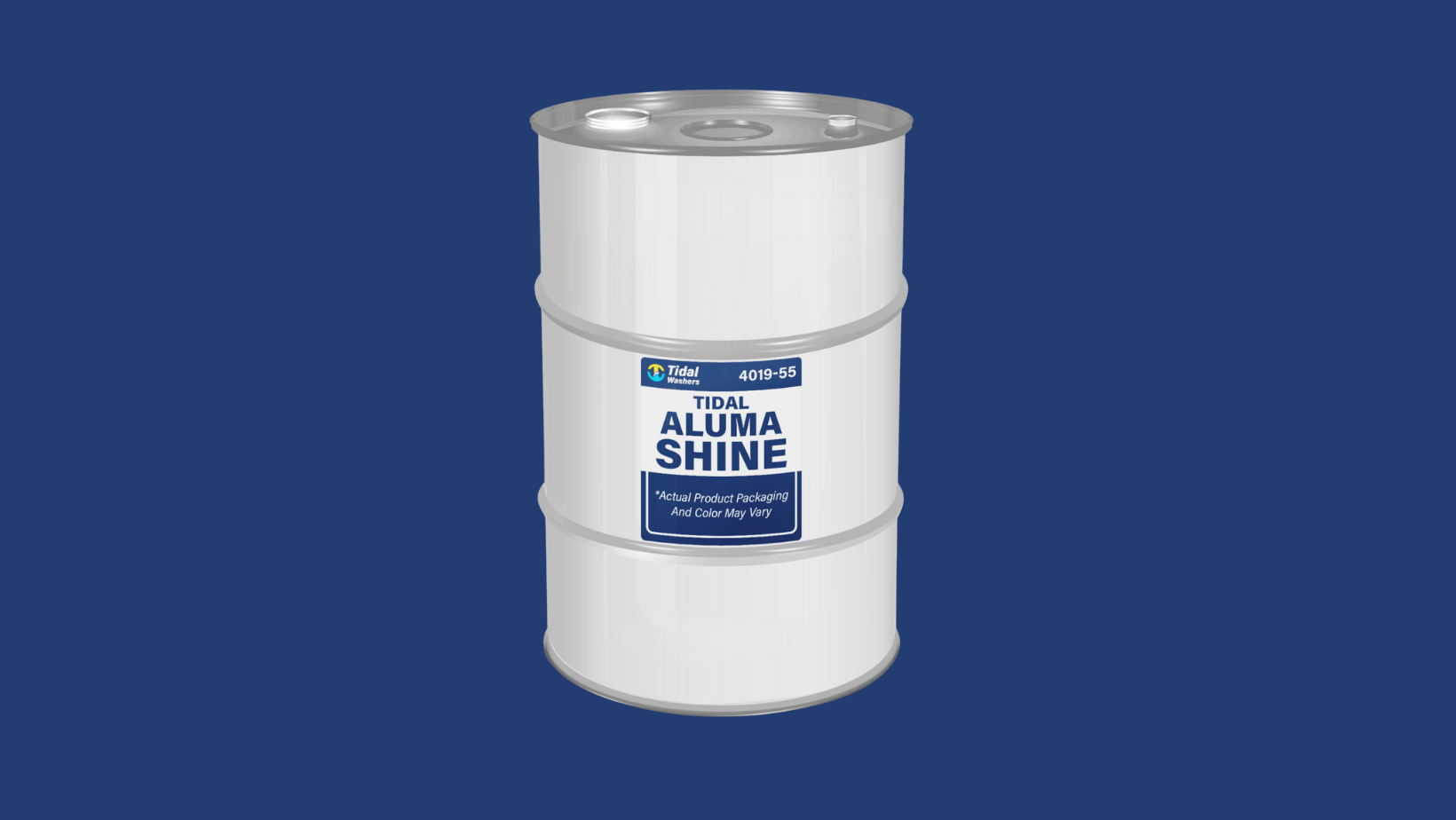Resin and coating solvents are notorious for their strength and reliability since they are depended on by many workers to weaken and strip various...
Blog


CHEMICAL INDUSTRY NEWS
Chemical Chat – Discover What’s New!
The Benefits of Super Soy Asphalt Releaser
Looking for an Asphalt Release Product? If you work in an industry that regularly uses asphalt, you know how difficult it can be to prevent it from...
The Benefits of Rough & Tough Cleaner
Definition of Rough & Tough Cleaner Rough & Tough Cleaner is an alkaline, industrial-strength cleaning solution. Its primary ingredient is...
The Benefits of Tidal Aluma Shine
Are You Looking to Improve the Shine of an Aluminum Surface? If so, Tidal Aluma Shine is the perfect product for...
The Benefits of Super Soy Asphalt Releaser
Looking for an Asphalt Release Product? If you work in an industry that regularly uses asphalt, you know how...
Company News

Managed Services
Discover the Latest in Safe and Sustainable Chemical Solutions
Stay informed with Ecolink’s blog! Subscribe now
Chemical Management Information
Stay updated with us
Sign Up for the Latest Updates
Stay informed about chemical supply chain disruptions and emerging innovations to keep your business at the forefront of efficiency and innovation. Uncover new ways to make your business practices more sustainable by incorporating safer products into your cleaning lineup.


























